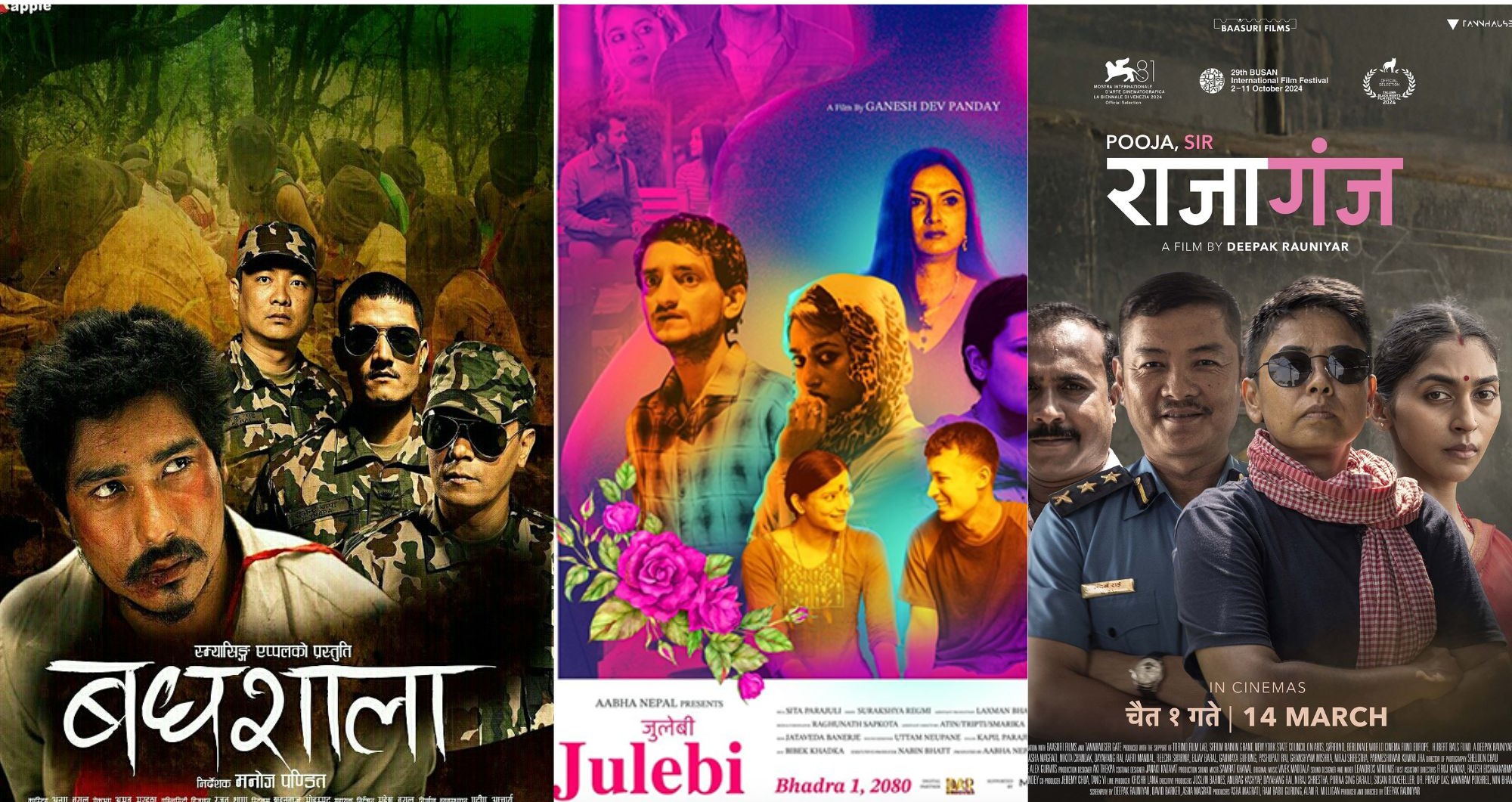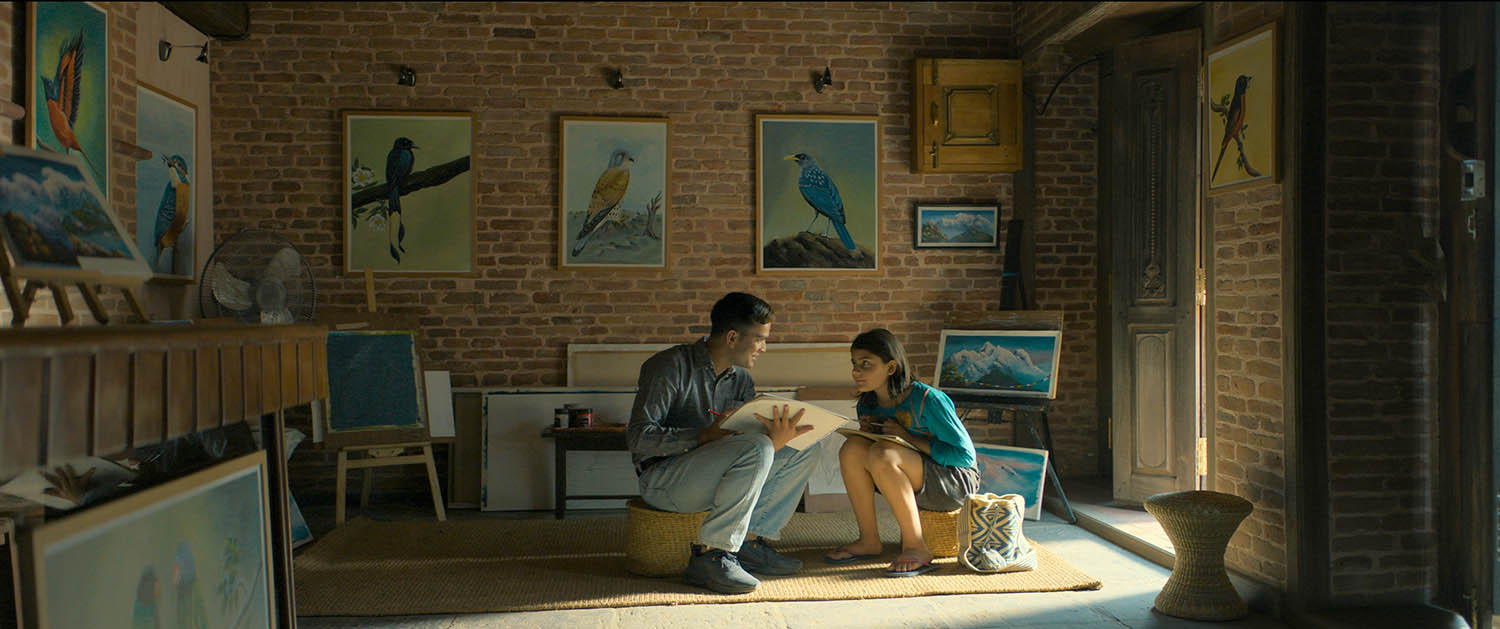Culture & Lifestyle
The Nepali film industry has lights, camera, action—but no substance
The industry is in the doldrums primarily because most films neglect the basics of filmmaking--a good script with memorable characters, cinematography, and sound design.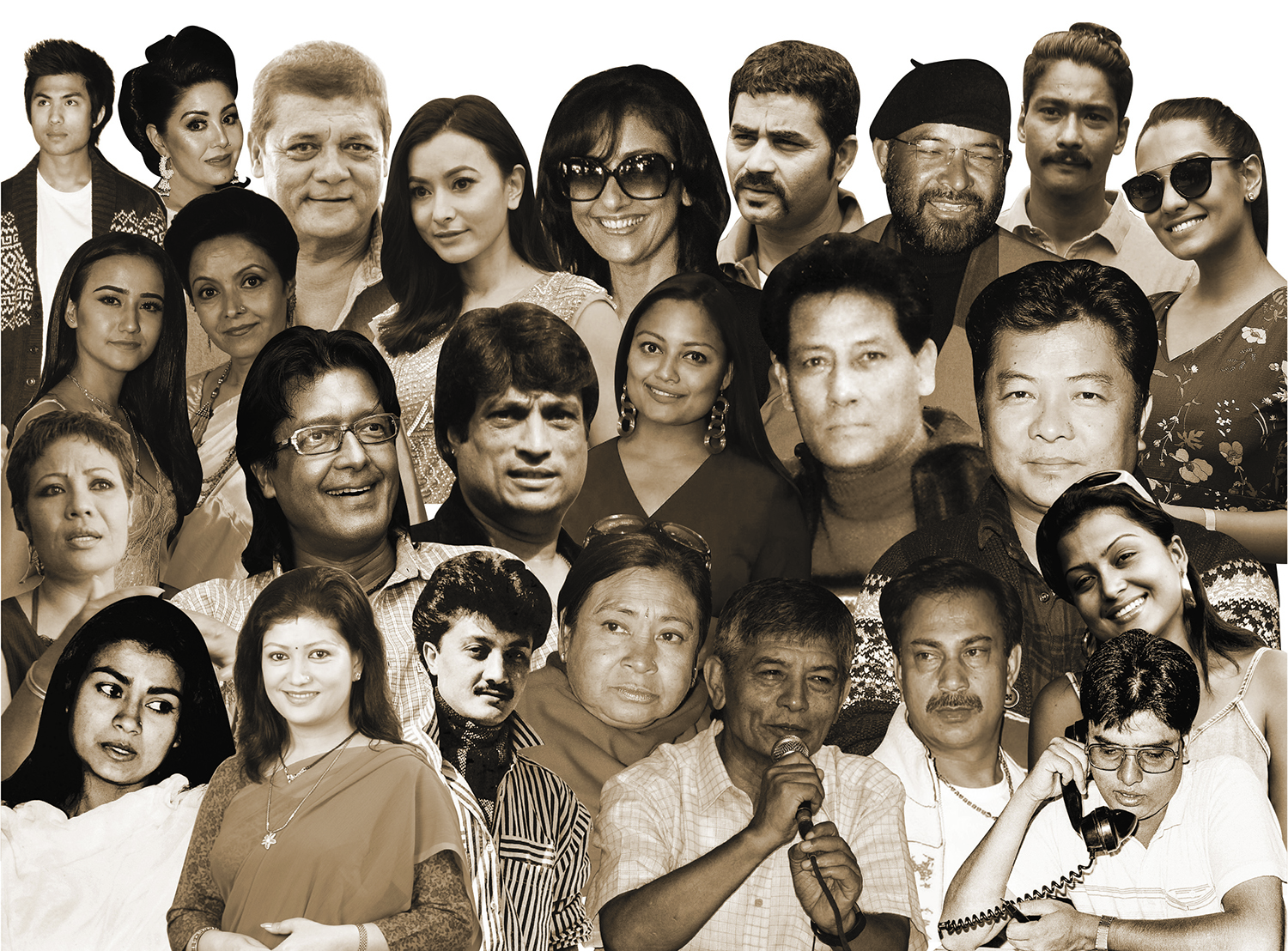
Timothy Aryal
Last December, the opening show of the Nepali feature film Machha Machha at Lalit Cinemas, at Labim Mall, one of the more popular modern theatres in the Valley, ran to a virtually non-existent audience. There were just four people--including this reporter and a young, nervous couple who looked like they were there for a quiet time more than anything else--in the theatre. The other man might have been a critic.
The film was the directorial debut of Sunil Gurung, a relatively unknown name in the film industry, but it featured Saugat Malla, one of the most bankable movie stars in contemporary Nepali cinema. Before the film’s premiere, the producers had released an item song featuring actress and former Miss Nepal Shristi Shrestha, which has garnered over 800,000 views on YouTube so far. The trailer for the film, projected in between shows days earlier at the same theatre, had elicited much laughter among the audience. The film was billed as the ‘crime-comedy of the year’ and had drawn comparisons to predecessors like Loot and Jatra, both of which won over audiences and critics.
All of that failed to pull in an opening-day audience. Machha Machha didn’t just bomb at the box office; it was also derided by movie critics.
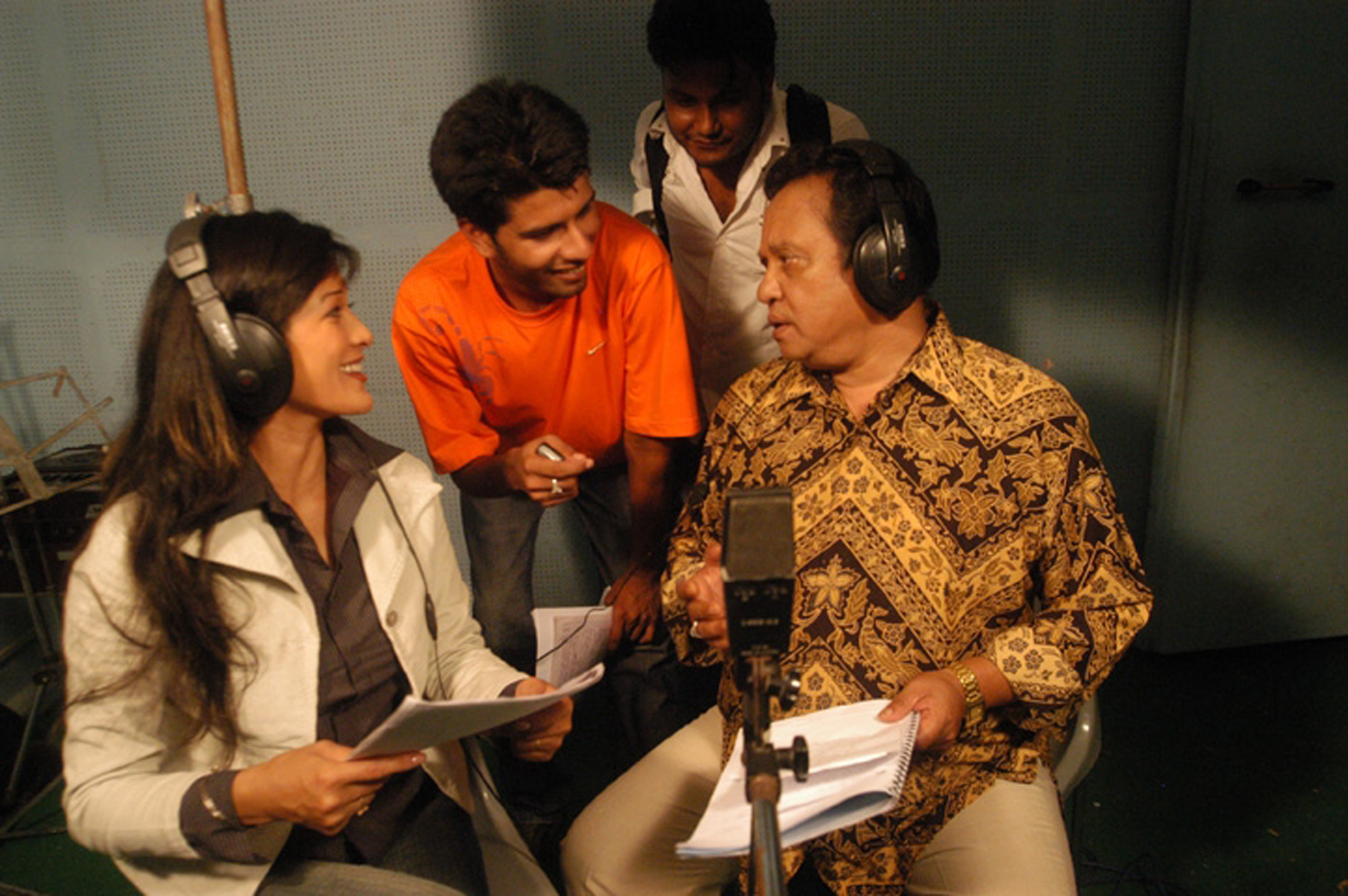
“This film isn’t just misogynist, but also racist,” Abhimanyu Dixit, the Post’s film critic, wrote in his typically lacerating assessment of Machha Machha. “If only the filmmakers took their own craft a little more seriously, and worked with a little more honesty—we have hundreds of potential stories hiding in the same alleyways these money chasers use as sets.”
Machha Machha didn’t make money but neither do most Nepali films. The ones that do are derided by critics for appealing to the lowest common denominator, with just a few exceptions. For a film industry that has been in place for over 50 years and produces dozens of films every year, Nepali cinema has hardly “any films that we can call our own,” said Dipendra K Khanal, who has directed 10 films so far. Almost all Nepali films, as academic Manoj Babu Pant puts it, are resigned to the “cold graveyard” of cinemas. And this is primarily because a majority of Nepali films grossly neglect the basics of a film--a good script with memorable characters, cinematography, and sound design, according to veteran director Yadav Kharel.
Out of around a hundred films released last year, only about 25 made back their production costs, according to Govinda Shahi, who distributes Nepali films inside the Valley. Ten of them were hits while the others managed to salvage their investments, either from shows or through distribution deals and screening rights overseas, Shahi said.
In Nepal, figures about gross collections can be murky. A film critic warned me against going by the figures presented by distributors and producers, as many release misleading data seeking a boost in audience turnover. In an attempt to change this, the Film Development Board, towards the end of 2018, claimed that it had installed a central server that would collate the amount of revenue generated by a film. But due to its complicated digital procedures and cost, and with many halls outside the Valley still trading in paper tickets, it became impossible to get the server to work correctly.
A large number of films fare poorly, while some “don’t even collect enough money to fund the films’ promotional posters,” Shahi said. “These films mostly belong to newcomers who invest in movies on a whim.”
In several instances, theatre owners have had to cancel screenings altogether due to scant footfall on the opening day. But even those that do well commercially are frequently lambasted by the critics.
***

The first Nepali-language film, Satya Harishchandra, was made in 1951 in Bombay. But it wasn’t until 1964 that Nepal produced its own film. Aama, the first film to be made in Nepal, was produced by the then Shahi Nepali Chalachitra Sansthan, set up by King Mahendra, for the king was a great lover of culture and arts, according to 76-year-old Kharel, the first managing director of the Sansthan, and a renowned director and lyricist.
Directors and other technicians were brought in from Bombay for the production, but the focus was solely on promoting Mahendra’s specific brand of Nepali nationalism. The Sansthan regularly made films until 2000, when it was replaced by the Film Development Board. It was with the restoration of multi-party democracy in 1990 that Nepal saw a spike in the number of films produced. Last year, the industry produced around a 100 films, even though that number has reportedly declined this year. But the rise in the number of productions has meant little--about 70 to 80 percent of films can’t redeem their budgets, distributors and critics say.

According to Bhaskar Dhungana, director, producer and co-owner of QFX Cinemas, about 80 percent of revenue generated by all Nepali films in a year comes from less than half a dozen films.
“Nepali audiences have lost their faith in filmmakers,” said Pant, academic director at Oscar International College, Nepal’s first film school, who also writes occasionally about the film industry. “Nepali filmmakers are more concerned with emulating the commercial success of films like Loot and Chhakka Panja rather than pursuing an artistic vision.”
According to Pant, the younger audience would rather watch a film at home on the multitude of television and online options that they have rather than spending time and money going to the theatre to watch a mediocre Nepali film.
“Why would anybody want to go to the theatre to sustain two-and-a-half hours of sheer torture?” he said.

When a film fails, critically or commercially, the blame tends to rest on the director. While the director might be at the helm in other countries, in Nepal, films have a different structure, said Naresh Kumar KC, who has directed two films--Dying Candle, and Romeo and Muna. The former was a character-driven drama targeted at the festival circuit. It won Best Cinematography in a Feature at the Queens World Film Festival and the Peace Award at Cinema Verde Film Festival, among others. The latter catered to a larger audience, with popular actors and a multitude of song sequences. But both films struggled to redeem their investments, and KC believes that the fault lies as much, if not more, with the producers as the directors.
“It’s easy to point fingers at the director when a film fails,” said KC. “But contrary to what many would think, our industry doesn’t lack able directors. What our industry lacks is able producers.”
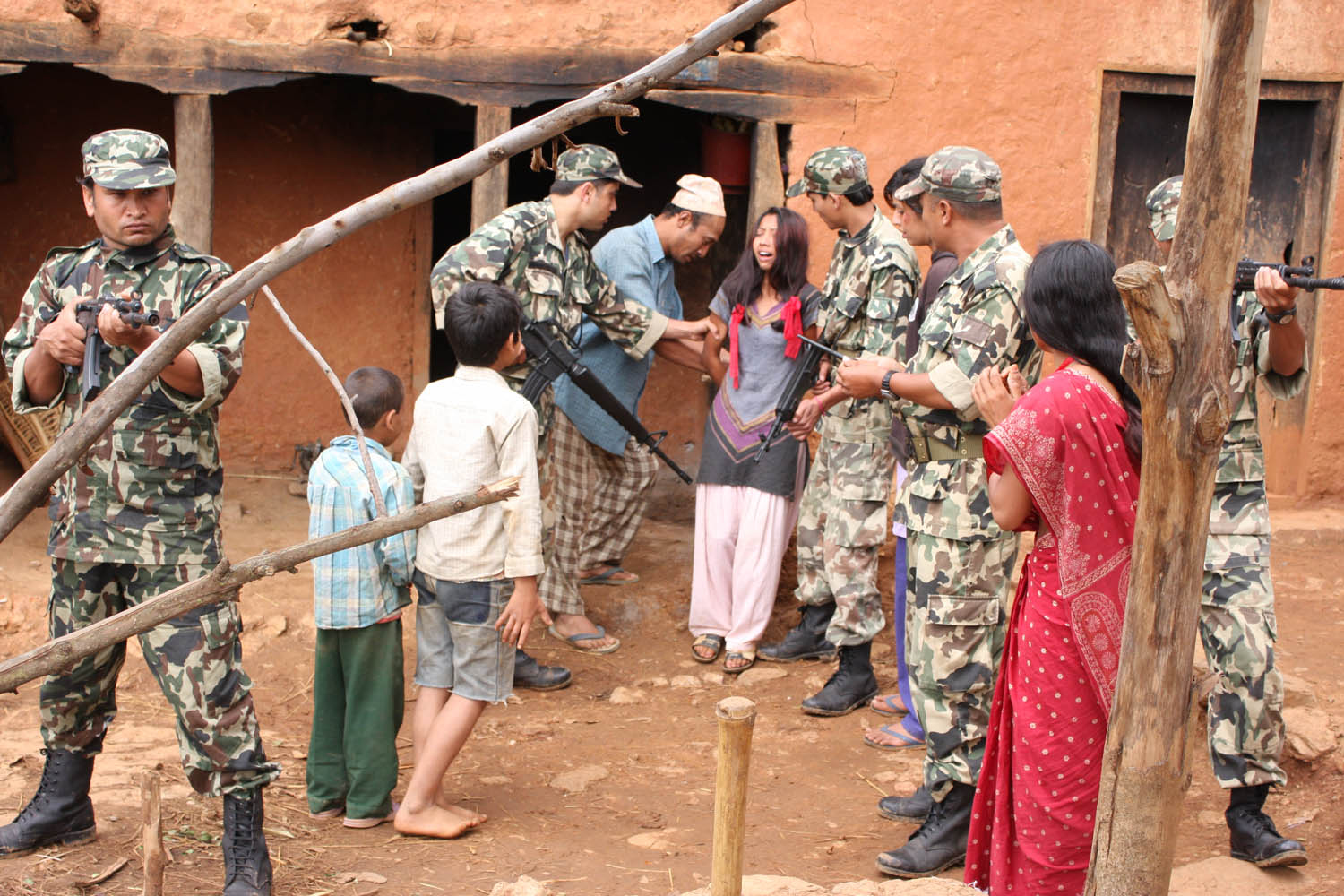
The producer is also a creative person, not just someone who manages funds, according to KC. The producer understands the story, its target audience, and its impact, and selects the script, manages funds, and breathes life into the project.
“After directing two films, I’ve learned that in Nepal, a director does not only direct but also has to do the producer’s work while also making compromises under the producer’s pressure,” said KC. “If a director makes one compromise a day, he will have made 35 by the end of the film. The end product is thus no longer what the director had envisioned.”
Khanal, director of films like the hugely popular Pashupati Prasad, shares a similar sentiment.

“Producers are careless about their projects--they don’t care about the script or the acting, let alone the post production,” he said. “As a result the production value of the film, which includes things like lighting, cinematography, editing, sound design, background score, is poor.”
Since most Nepali films are produced by individuals who expect a return on their investment, there is constant pressure to compromise on artistic choice in order to make a film that is palatable to as broad of an audience as possible, said Khanal.
In order to diversify the kinds of films that Nepal produces, there needs to be more large production houses that won’t bet all their money on just a single film or support from the state, like in countries like France. But instead of promoting the film industry, the Nepal government often comes up with policies that undermines it, like requiring Nepali theatres to screen foreign films only for 185 days out of a year.
“The state doesn’t seem to have realised that cinema is a reservoir of culture, language and sensibility,” said Khanal.
***

Today, Nepal has about half-a-dozen film schools and institutes that teach film, the oldest being Oscar International College. Since its establishment in 2004, the college has produced hundreds of filmmakers, including Nischal Basnet, Min Bahadur Bham and Pant. But while a few like Basnet and Bham have found success, these film school graduates do not seem to have made any significant impact on the industry. That, according to Pant, is because the way his students see film and the way the industry and Nepali audiences see film is radically different.
“When novice directors fresh out of college get out onto the field, they are shocked by the matters they need to be concerned about: the taste of the audience, the finances, and distribution,” Pant said. “They have to adjust according to the norms of the industry. Many quietly move away, others choose to struggle.”
But Pant cautions against concluding that the entire Nepali film industry is lost. A handful of struggling filmmakers can change an entire industry, he says.

That almost happened in 2012, with Nischal Basnet’s Loot. Writer-director Basnet, a film school graduate with no movies to his name, made Loot on a shoestring budget. Hailed by critics and audiences alike for its memorable characters, inventive cinematography and a script with an unexpected twist ending, Loot was a runaway success. It grossed millions, becoming one of the most profitable Nepali films of all time and bringing instant stardom to its makers and profits to its financiers.
“I want[ed] to make a film that I would want to watch, a film that I would enjoy. Not a film that audiences at large automatically expect from Nepali filmmakers,” Basnet told Living magazine in 2014.
Many had expected that Loot would herald a new wave of Nepali filmmaking but that didn’t happen. Basnet transitioned as an actor but was unable to capture the triumph of Loot. His second directorial feature, Talakjung vs Tulke, was a success but not on the level of his debut. The sequel to Loot, released in 2017, bombed with critics.
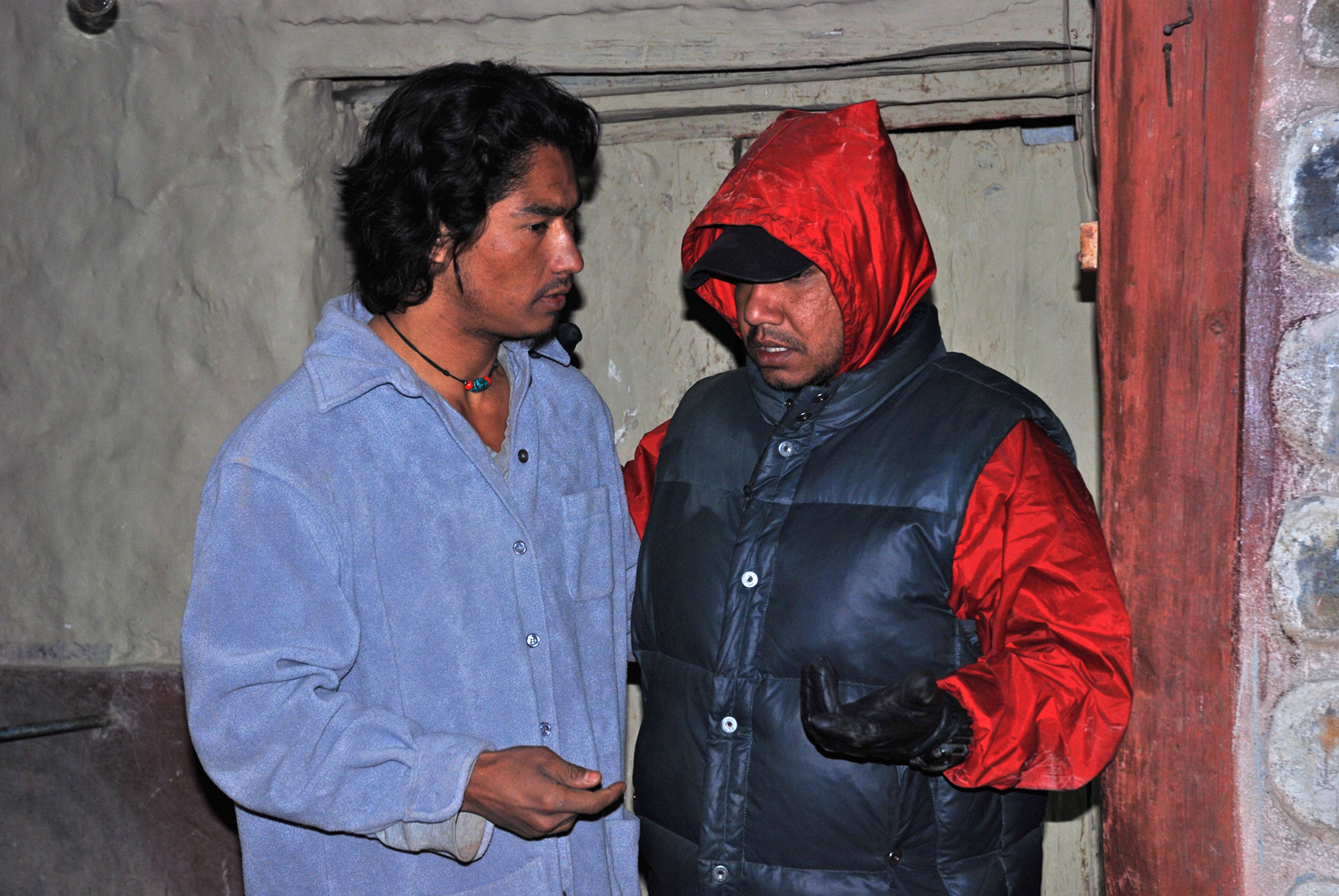
Basnet’s films have been hit-or-miss, and Pant sees this as an instance of the Nepali film industry attempting to find its voice, its identity. Pant himself is a product of the film school, having graduated from the same institute he now teaches at.
“Let us take the example of Chhakka Panja 3, which grossed about Rs 200 million,” he said as we spoke at his Sukedhara office, adorned with posters of arthouse staples such as Satyajit Ray’s Pather Panchali, Andrei Tarkovsky’s Stalker and Abbas Kiarostami’s The Wind Will Carry Us. “About three percent of the total population went to see that film. The film did its business but what this indicates is that we haven’t been able to treat films as an intellectual medium.”
The success of the Chhakka Panja series, directed and produced by Deepa Shree Niroula and starring Deepak Raj Giri, reflects the television experience of its makers. Nepali television’s appeal is broad-based, which it maintains by relying on hackneyed comedy tropes, which include jokes at the expense of women, minorities, skin colour, and caste.
“They [the makers of the Chhakka Panja series] have perfected the ways of making the audience laugh,” said Pant.

But Dipendra Lama, a critic-turned-filmmaker who has directed films like Ghampani, Gopi and Chha Maya Chhapakkai (with the team from Chhakka Panja), believes that films like Chhakka Panja, despite their debatable merit, provide something new.
“Nepali audiences love things they haven’t seen in foreign films,” Lama said. “The merits of the series might be up for debate but they tell stories about our society and issues that common Nepalis deal with.”
All the films in the Chhakka Panja series have had ‘social issues’ as their primary plot device, such as the effects of foreign employment and water crisis.
The Chhakka Panja series has been hugely successful, with each iteration going to gross more than the previous one. While their success is commendable in an industry struggling to make back investments, these films shouldn’t be seen as torchbearers of our cinematic sensibility, says Pant.

“To make a film that grosses Rs200 million in a market as small as ours, and amid the hegemony of Bollywood and Hollywood, is no small thing, so we should stop chastising the series,” Pant said. “But it would be a mistake to assume that Chhakka Panja is emblematic of our industry’s sensibilities. The Chhakka Panja series engages with the audience but so does a Gaijatra show or a porn film.”
For Pant, there’s a radical difference between a film that simply engages with issues and one that has artistic depth.
“The life of the former is short but the life of a film with authentic characters and authentic emotions is long,” he said. “Our mainstream is not as bad as the South Indian film industry, for instance. But we don’t have a Pather Panchali either. What we should focus on is making a film as enduring as Pather Panchali.”

The most pressing problem for Nepali films today appears to be a lack of understanding of what films can do. Most people, even filmmakers themselves, do not seem to understand that cinema too is a medium of intellectual, creative and aesthetic expression, said Pant.
“Everything begins with how we view cinema. Even the intelligentsia doesn’t take film seriously. They view it as something that is only for entertainment. This goes both ways because our filmmakers haven’t been able to produce films that provoke intellectually,” he said.
This state of affairs is largely because many Nepali films are poor copies of Bollywood. From the very beginning, Nepali cinema was heavily influenced by Bollywood aesthetics and Bollywood tropes. The weepy melodrama and exaggerations of a typical masala film--including four songs and fight sequences--were followed faithfully by filmmakers in the 80s and 90s. The 90s were the heydays of onscreen machismo in the form of actors like Bhuwan KC, Shiva Shrestha and Rajesh Hamal--muscular, angry young men attempting to rescue damsels in distress, much in the vein of Amitabh Bachhan from across the border.
In the late 90s, there were few attempts to break free of this mould. Tsering Rhitar Sherpa’s Mukundo: Mask of Desire, a Kathmandu-based drama that explored the absurdities of faith healing, and Caravan (aka Himalaya), which was set in Upper Dolpo and revolved around a caravan of villagers and yaks traversing the mountains, were early attempts to explore complex issues and veer away from the borrowed Bollywood aesthetics of Rajesh Hamal and Bhuwan KC films.
“It is the myth-like quality of Mukundo, and the universal noble element in Gita the jhankrini's drama, that allowed me to project onto her... the dilemma of all women torn between society's constraints and their own human sexuality,” said a review published in Nepali Times when the film premiered. “It’s a great movie. There 's so much in it. Is anybody going to accept Bollywood knock-offs from our Nepali filmmakers anymore?”

“Himalaya doesn't need a traditional story line to transport the viewer into another, fascinating world,” a review in the Miami Herald noted.
In 2008, director Bhushan Dahal heralded the digital age of film with Kagbeni, featuring luscious landscapes and a cast of actors drawn from the theatre--Anup Baral, Saugat Malla and Deeya Maskey. In 2012 came Loot, which shocked the industry out of its sleep. The film proved to be a phenomenon at the box office, grossing Rs54 million. That same year, Soongava: Dance of the Orchids brought lesbian characters to Nepali screens, one of the few attempts at telling the stories of gender minorities. The film went on to win a Special Jury Award at the Inside Out Toronto LGBT Film Festival but did little business in the domestic market.
Films like Talakjung vs Tulke (2014) and Pashupati Prasad (2016) veered from the mainstream, not so much with their aesthetics but more so with their scripts. A new generation of directors also began to explore the film festival circuit. Min Bahadur Bham and Deepak Rauniyar courted foreign investments and made films that toured the major festivals, including the Venice Film Festival. Bham’s Kalo Pothi and Rauniyar’s Seto Surya went on to win accolades. Kalo Pothi won Best Film under the International Film Critics Week at the 2015 Venice Film Festival and Seto Surya won Best Asian Feature Film at the Singapore International Film Festival. These films found few audiences in Nepal, screening for around a week each, but in any case, they weren’t targeted at commercial audiences.
In the domestic mainstream, a few films each year continued to attempt to break boundaries, whether with their storytelling or with their cinematography. But these films were few and they barely made a splash. Pratik Gurung and Safal KC’s Hari, a 2018 feature about a disenchanted youth who finds himself at odds with his mother’s conservatism, had critics raving but it failed to find a receptive audience. The film was out of theatres by the first week.
“Directors KC and Gurung belong to the new crop of Nepali filmmakers who are daring enough to introduce nuanced cinematic style in their storytelling, to subvert established narrative norms and carve out a niche that is fresh and original,” said one review. “At a time when our cinema is thriving on big budgeted romantic musicals and ensemble comedies at one end and pretentious experimental misfires at the other, the Kafkaesque ‘Hari’ is in the sweet spot of the world cinema that is both accessible and inoffensive.”
Unconventional films like Hari might not find ready audiences, but that is something that filmmakers themselves will have to cultivate, say critics. If the mainstream continues to only produce lacklustre fare then that is what the audience will come to expect. If more filmmakers are willing to take risks, the audience will follow.
***

The Nepali film industry has wholeheartedly embraced technology. Gone are the days of crackly film pockmarked with noise. Films these days have the crisp vibrant colour that comes from being shot on state-of-the-art digital cameras. Nearly every film has a sweeping drone shot and there are cranes, dollies, and steadicams galore. The Nepali film industry does not lack able technicians, but there is one technological advance that the industry has largely ignored--streaming.
Netflix has revolutionised the way films are watched--and made--across the world. With audience numbers dwindling, movie theatres have sounded alarm bells. And even in Nepal, film theatres are dying, as more and more young people choose to wait for their favourite films to appear online.
But Nepali productions have yet to wade into the digital realm, as most appear content with packing theatres. Most Nepali films appear on YouTube after a few months, primarily to rake in money from views.
Smaller, more independent productions, however, are taking advantage of the freedom afforded by the internet. Indie production houses like Gauthali Entertainment and KTM Art House have taken to YouTube with serialised storytelling. Even Priyanka Karki, a stalwart of the mainstream film industry, has made her foray into telling serialised television.
Digital distribution companies such as OSR Digital and Highlights Nepal buy and stream Nepali films on YouTube and some Nepali films have begun streaming on the Malaysian site Iflix. Lately, there have been reports that filmmakers are developing apps themselves where individuals can pay a small amount to watch films, according to director Khanal.
For QFX’s Dhungana, streaming won’t matter much if films stay the same quality. But if films get better, they will always find an audience. QFX Cinemas, Nepal’s biggest theatre chain, currently has no plans for a streaming site of its own.
“Producers and filmmakers are often quick to blame hall owners and Bollywood films for their film’s failure,” said Dhungana, who co-produced Kagbeni. “The technology with which our films are being made has improved, but the intellectual, aesthetic quality has not.”




 16.12°C Kathmandu
16.12°C Kathmandu

